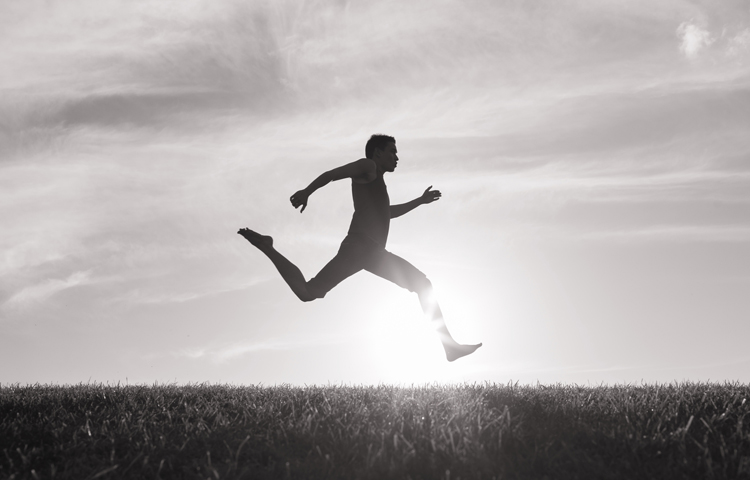Have heart
“Using a heart rate monitor in training means the fitter you get, the faster and longer you have to run to get in your top training zone,” says Rebecca Cox, Reps Level 3 personal trainer. “The quicker your heart rate comes down in the rest period after high intensity, the less rest you have. Essentially, as you progress, it makes you work harder by showing you exactly what your body is capable of – so you’re not cheating yourself.”
Head for the hills
They may seem like a laborious slog but by incorporating hill runs into your training regime, you’ll improve your overall speed. A study of 10K runners published in the Journal of Strength & Conditioning revealed that the muscle development that comes from hill running helped improve finishing times. “Hills build leg and lung strength, and give you the foundation of fitness you need to get faster,” explains Lucie Noble, senior physiotherapist at London Bridge Hospital.
Arm yourself
“Focus on your arm drive when running – a strong action really helps momentum and drive,” says England rugby flanker and sprint trainer James Haskell (www.jhbodyfire.co.uk). The most important phase of the arm drive is how hard you swing them backwards. “Use your arms efficiently by driving your elbows directly behind you instead of out to the side,” he says.
Weight around
Don’t shy away from weight training for fear that ‘bulking up’ could wreck your performance. Italian research among a group of elite runners found that those who did some strength training – specifically deadlifts at a high weight (90 per cent of max) – achieved greater running economy and improved running technique when compared to a group who did numerous reps at lower weight (70 per cent of max). The scientists suggested “distance runners that lift and squat get stronger and therefore can run faster.”
Workout on flats
Doing strength drills where the foot is in contact with the ground on stable surfaces helps develop speed, as sprinting involves reaction forces against stable surfaces. “Back squats, front squats and deadlifts all fit the bill,” says James Haskell. “While exercises that involve the extension of the hip, knee and ankle all improve speed along with single-leg drills like lunges, single-leg squats and step-ups.”







